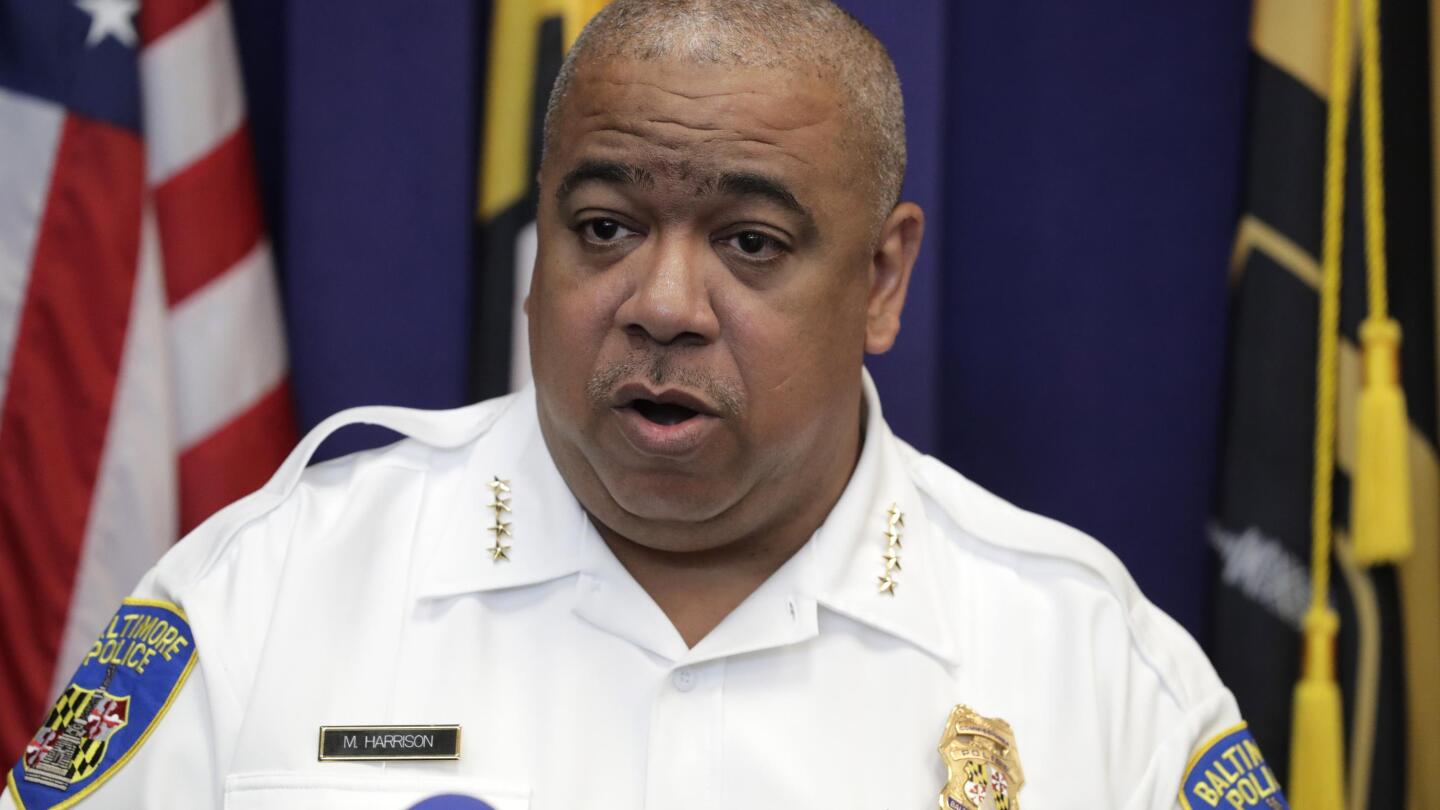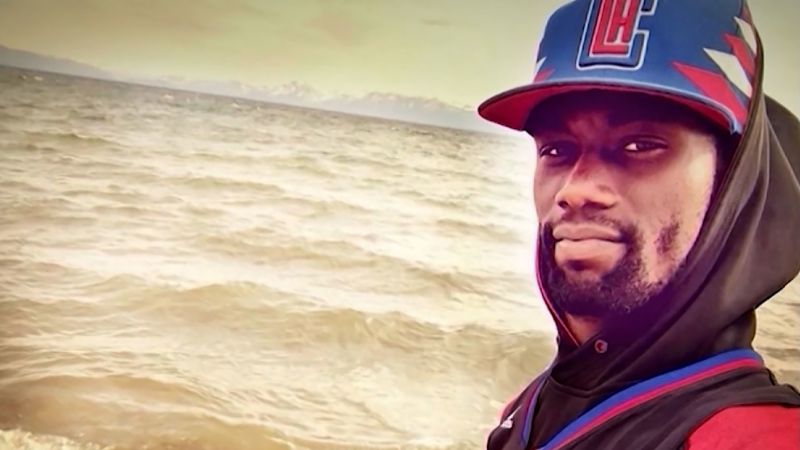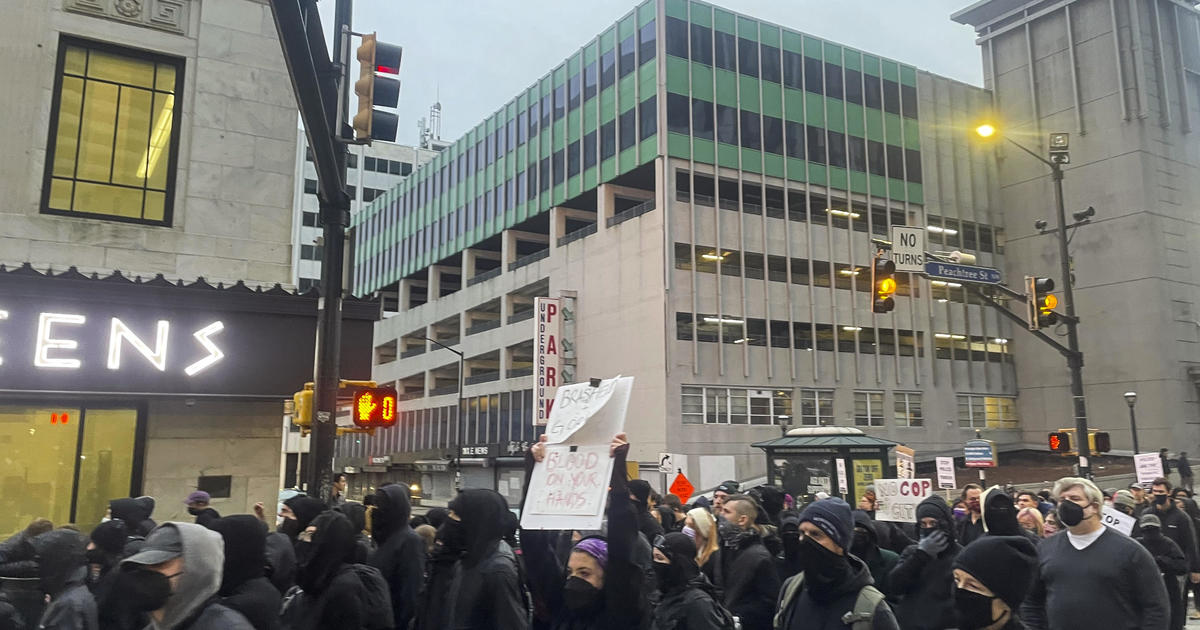- Moderator
- #3,121
Offline
Fight for it, or it dies.What happens to a dream deferred?
Follow along with the video below to see how to install our site as a web app on your home screen.

Note: this_feature_currently_requires_accessing_site_using_safari
Fight for it, or it dies.What happens to a dream deferred?
Wasn't aware of that. I don't really follow soccer outside of the USMNT. Definitely one of those "I don't understand people" things. Thanks for the heads up.

For those who don’t know- this is what David Simon/Jon Beranthal’s “we own this city” is aboutBALTIMORE (AP) — Since the Baltimore Police Department started overhauling its practices through a series of court-ordered reforms in 2017, officers have become significantly less likely to use force against members of the public, such as brandishing a service weapon, deploying a stun gun or striking an uncooperative suspect into compliance.
But the agency still needs to improve its ability to hold wayward officers accountable and address a dire staffing shortage, according to testimony Thursday in federal court in Baltimore.
With a mix of praise and admonishment, the discussion focused on recent developments in a yearslong effort to enact sweeping police reform in Baltimore after federal investigators found a pattern of unconstitutional and discriminatory policing practices, especially against Black residents.
The Justice Department launched its investigation not long after Freddie Gray died from spinal injuries sustained in Baltimore police custody in 2015, a case that prompted widespread demands for reform. The investigation resulted in a 2017 consent decree that remains in effect, overseen by a federal judge.
At a quarterly review hearing Thursday, U.S. District Judge James Bredar said the police department has made significant progress, now almost six years after the decree was written. That includes improvements in prisoner transport procedures, which came under fire because Gray’s fatal injuries were discovered after officers left him unrestrained inside a police van……
Baltimore police using less force amid ongoing reform effort
BALTIMORE (AP) — Since the Baltimore Police Department started overhauling its practices through a series of court-ordered reforms in 2017, officers have become significantly less likely to use force against members of the public, such as brandishing a service weapon, deploying a stun gun or strikinapnews.com
And also, Michael Harrison left as NOPD Superintendent to take the same position in Baltimore for a salary that matches his job title.BALTIMORE (AP) — Since the Baltimore Police Department started overhauling its practices through a series of court-ordered reforms in 2017, officers have become significantly less likely to use force against members of the public, such as brandishing a service weapon, deploying a stun gun or striking an uncooperative suspect into compliance.
But the agency still needs to improve its ability to hold wayward officers accountable and address a dire staffing shortage, according to testimony Thursday in federal court in Baltimore.
With a mix of praise and admonishment, the discussion focused on recent developments in a yearslong effort to enact sweeping police reform in Baltimore after federal investigators found a pattern of unconstitutional and discriminatory policing practices, especially against Black residents.
The Justice Department launched its investigation not long after Freddie Gray died from spinal injuries sustained in Baltimore police custody in 2015, a case that prompted widespread demands for reform. The investigation resulted in a 2017 consent decree that remains in effect, overseen by a federal judge.
At a quarterly review hearing Thursday, U.S. District Judge James Bredar said the police department has made significant progress, now almost six years after the decree was written. That includes improvements in prisoner transport procedures, which came under fire because Gray’s fatal injuries were discovered after officers left him unrestrained inside a police van……
Baltimore police using less force amid ongoing reform effort
BALTIMORE (AP) — Since the Baltimore Police Department started overhauling its practices through a series of court-ordered reforms in 2017, officers have become significantly less likely to use force against members of the public, such as brandishing a service weapon, deploying a stun gun or strikinapnews.com
It also means they don't want to see Memphis burn, which, depending on how bad this is, may be on the table anyway.
Edit: I want to make very clear I am not in any way advocating for rioting, just suggesting that it's always a possibility in these situations, and this one seems to have all the ingredients for a blowup except for the fact that, as the chief said, they've already been fired and charged.


Yeah, that's not too surprising. I think classism has a lot to do with it. I'm not convinced it's racism as much as black cops dishing it out vs blacks in violent or poor neighborhoods.from CNNs Van Jones
===============
............How do we explain Nichols’ horrific killing, allegedly at the hands of police who looked like him?
From the King beating to the murder nearly three years ago of George Floyd, American society has often focused on the race of the officers — so often White — as a factor in their deplorable acts of violence.
But the narrative “White cop kills unarmed Black man” should never have been the sole lens through which we attempted to understand police abuse and misconduct. It’s time to move to a more nuanced discussion of the way police violence endangers Black lives.
One of the sad facts about anti-Black racism is that Black people ourselves are not immune to its pernicious effects. Society’s message that Black people are inferior, unworthy and dangerous is pervasive. Over many decades, numerous experiments have shown that these ideas can infiltrate Black minds as well as White. Self-hatred is a real thing.
That’s why a Black store owner might regard customers of his same race with suspicion, while treating his White patrons with deference. Black people can harbor anti-Black sentiments and can act on those feelings in harmful ways.
Black cops are often socialized in police departments that view certain neighborhoods as war zones. In those departments, few officers get disciplined for dishing out “street justice” in certain precincts — often populated by Black, brown or low-income people — where there is a tacit understanding that the “rulebook” simply doesn’t apply.
Cops of all colors, including Black police officers, internalize those messages — and sometimes act on them. In fact, in Black neighborhoods, the phenomenon of brutal Black cops singling out young Black men for abuse is nothing new. Back in 1989, the rap group NWA highlighted the problem in a classic hip-hop anthem, in which Ice Cube rapped:
“But don’t let it be a Black and White (cop)/
Coz they’ll slam ya/
Down to the street top/
Black police showing out for the White cop.”
When it comes to police violence, race does matter — but possibly not the way you think.
At the end of the day, it is the race of the victim who is brutalized — not the race of the violent cop — that is most relevant in determining whether racial bias is a factor in police violence. It’s hard to imagine five cops of any color beating a White person to death under similar circumstances. And it is almost impossible to imagine five Black cops giving a White arrestee the kind of beat-down that Nichols allegedly received...........
MSN
www.msn.com
That song has been running in my head for daysfrom CNNs Van Jones
===============
............How do we explain Nichols’ horrific killing, allegedly at the hands of police who looked like him?
From the King beating to the murder nearly three years ago of George Floyd, American society has often focused on the race of the officers — so often White — as a factor in their deplorable acts of violence.
But the narrative “White cop kills unarmed Black man” should never have been the sole lens through which we attempted to understand police abuse and misconduct. It’s time to move to a more nuanced discussion of the way police violence endangers Black lives.
One of the sad facts about anti-Black racism is that Black people ourselves are not immune to its pernicious effects. Society’s message that Black people are inferior, unworthy and dangerous is pervasive. Over many decades, numerous experiments have shown that these ideas can infiltrate Black minds as well as White. Self-hatred is a real thing.
That’s why a Black store owner might regard customers of his same race with suspicion, while treating his White patrons with deference. Black people can harbor anti-Black sentiments and can act on those feelings in harmful ways.
Black cops are often socialized in police departments that view certain neighborhoods as war zones. In those departments, few officers get disciplined for dishing out “street justice” in certain precincts — often populated by Black, brown or low-income people — where there is a tacit understanding that the “rulebook” simply doesn’t apply.
Cops of all colors, including Black police officers, internalize those messages — and sometimes act on them. In fact, in Black neighborhoods, the phenomenon of brutal Black cops singling out young Black men for abuse is nothing new. Back in 1989, the rap group NWA highlighted the problem in a classic hip-hop anthem, in which Ice Cube rapped:
“But don’t let it be a Black and White (cop)/
Coz they’ll slam ya/
Down to the street top/
Black police showing out for the White cop.”
When it comes to police violence, race does matter — but possibly not the way you think.
At the end of the day, it is the race of the victim who is brutalized — not the race of the violent cop — that is most relevant in determining whether racial bias is a factor in police violence. It’s hard to imagine five cops of any color beating a White person to death under similar circumstances. And it is almost impossible to imagine five Black cops giving a White arrestee the kind of beat-down that Nichols allegedly received...........
MSN
www.msn.com
It’s more complicated than thatYeah, that's not too surprising. I think classism has a lot to do with it. I'm not convinced it's racism as much as black cops dishing it out vs blacks in violent or poor neighborhoods.
There are no doubt people with that self-loathing, but I'm not sure that's as rampant as black cops targeting poorer, more violent neighborhoods, which certainly have a higher percentage of black residents in most cases.
Policing is hard though. I don't envy anyone working in that profession.
That makes some sense. On the immigrant thing, my wife's family (Koreans) is like that. They're naturalized citizens, and some of them blame immigrants for crime and gangs and everything else. It baffles me tbh.It’s more complicated than that
When a a disenfranchised group gets invited to the big house, they fight like **** to stay in there
Look at kids of immigrants views on immigration- a sizable chunk LOATHE immigrants
Either to desperately hold onto the ladder one rung higher
Or with the sense that they’ll catch whatever residual BS that’s sprayed at immigrants
No black cop is going to play ‘when keeping it real goes wrong’ there is zero incentive for them to
Wow. The video from the camera pole is the most damning. They were punching and kicking him like they were gang members.
They're should be more charges than just the five.